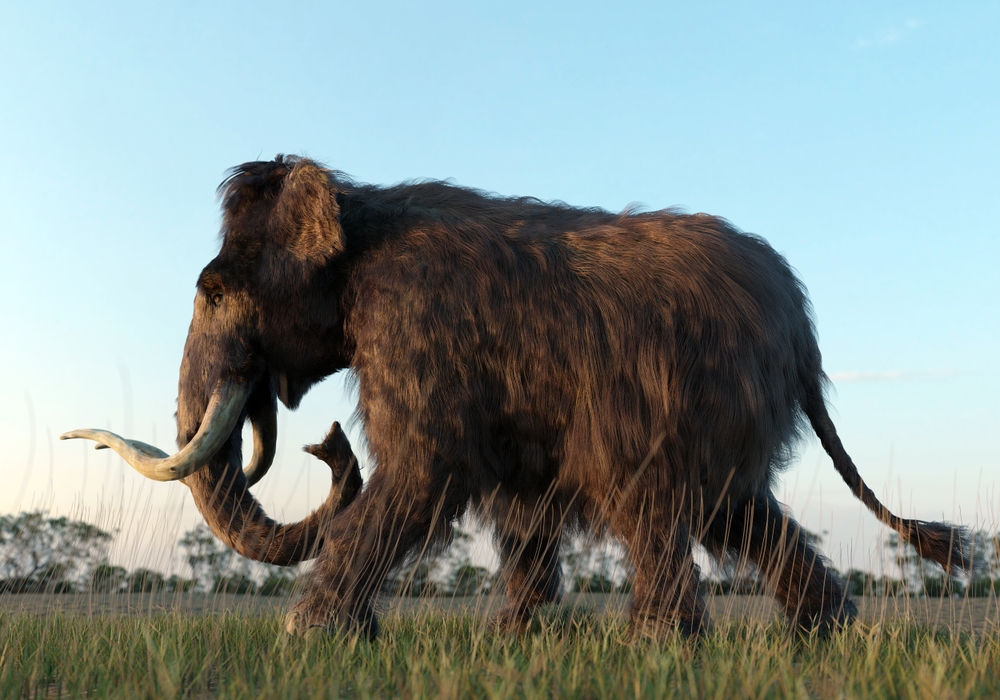The excavation revealed a well-preserved mastodon skull.
Others are reading now
Archaeologists in Iowa have unearthed the nearly complete skull of a mastodon dating back approximately 13,600 years.
Complete Skull with Tusks
This finding, made in Wayne County, is drawing significant attention from the scientific community.
The excavation, conducted by the Office of the State Archaeologist (OSA) and the Iowa Archeological Society, took 12 days to complete. The site, located along an eroding creek bank, was first identified in 2022.
The excavation revealed a well-preserved mastodon skull, complete with prominent tusks, offering a rare glimpse into prehistoric life in North America.
Also read
Mastodons were large, trunked mammals related to modern elephants, characterized by their distinctive long, upward-curving tusks. They roamed the Earth during the Pleistocene epoch and were among the megafauna that lived during the Ice Age.
First Well-Preserved Mastodon
The find is particularly notable because it is the first well-preserved mastodon discovered in Iowa. Radiocarbon dating confirmed the age of the specimen, providing invaluable data about the mastodon’s era.
Researchers will now analyze the bones to check for signs of human interaction, such as cut marks, which could shed light on the relationship between early humans and these ancient creatures.
This significant discovery was supported by funding from the Wayne County Foundation and donations to the Prairie Trails Museum of Corydon.
Once conservation and analysis are complete at the University of Iowa, the mastodon remains will be displayed at the Prairie Trails Museum, where they will become part of a new exhibit highlighting the region’s prehistoric past.




